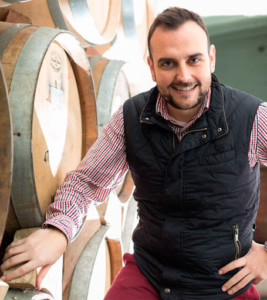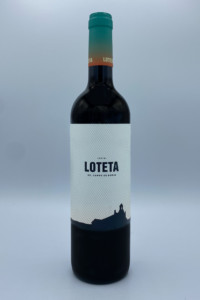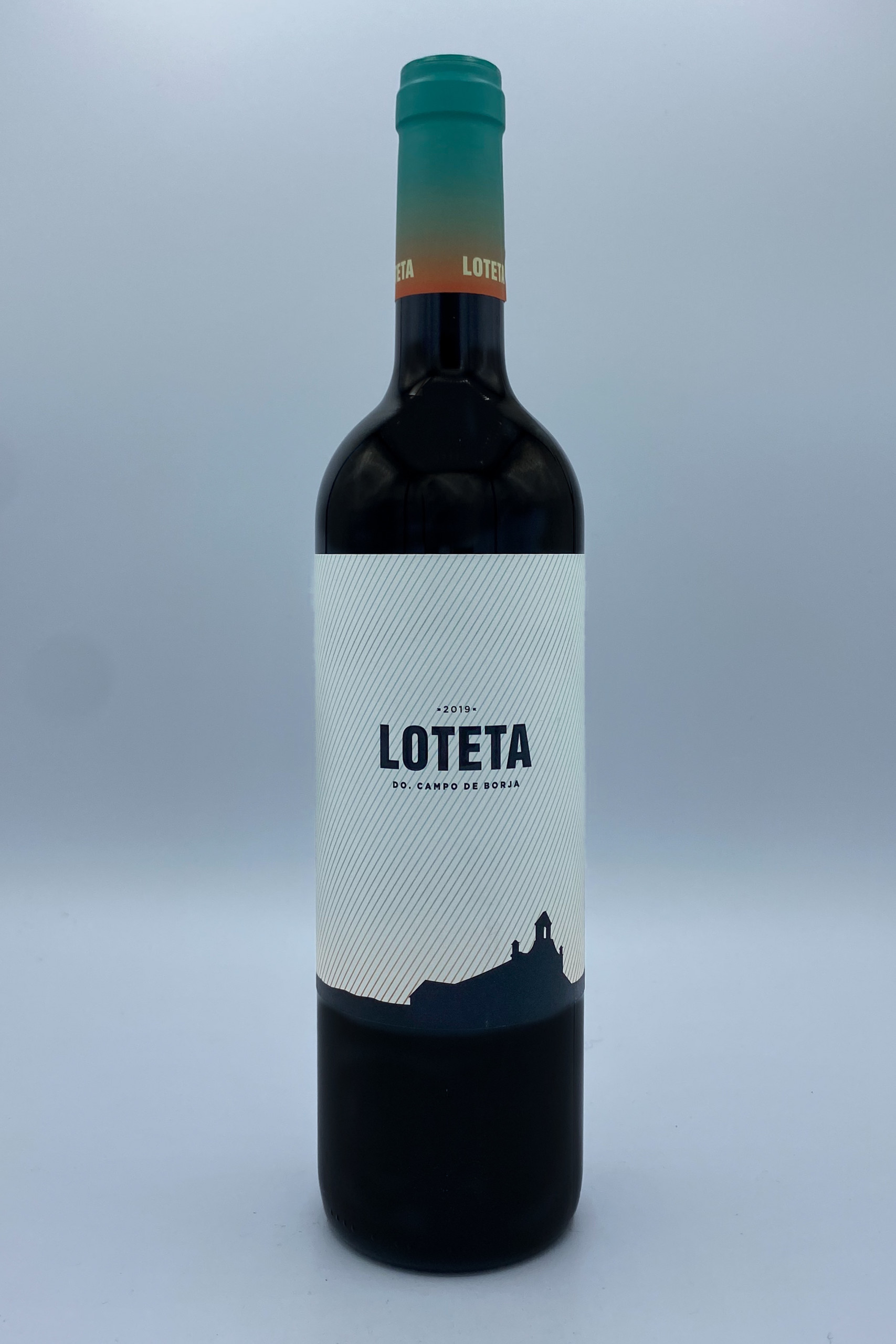Bodega Picos
About
Owners: Diego Frago, Ernesto Frago, Ricardo Frago, and Joaquim Martin-Freixa
Winemaker: Eloy Haya
Vineyards: 18ha across seven parcels, all estate-owned
Vineyard management: Sustainable
Soils: Calcareous
Grapes grown: Mostly Garnacha, with some Syrah, Cabernet Sauvignon, Tempranillo, and Merlot
Annual production: 36,000 bottles
Quick facts:
- Diego, Ernesto, and Ricardo’s grandfather, Don Luis Frago, was nicknamed “Pico”–thus the name of the winery.
- The “Loteta” wine is named for the church in their village, in honor of the monks who made wine in the region for centuries.
In the village of Magallon, in the Campo de Borja DO, the viticultural history goes back to ancient Roman times. Beginning in the 15th century, and continuing through the 19th century, the monks at the Veruela Monastery planted and managed vast swathes of vineyards in the countryside. The Frago family took over some of these vineyards and kept making wine in the village, eventually founding Bodega Picos in 1994. Brothers Ernesto, Diego, and Ricardo took over the project when their father passed away, and were joined by Joaquim Martin-Freixa as international manager and Eloy Haya as winemaker.
Campo de Borja is a hot, dry part of Spain where achieving ripeness is an easy feat–the wines can easily reach 15% alcohol. The goal is to make sure the alcohol is well-integrated and the wines are rounded and harmonic. Garnacha from this region is known for being softer, smoother, and juicier than other Spanish Garnacha. The soils here are dark, rocky, and lime-rich, with good drainage. The vineyards are at 400m of elevation, so they benefit from a wide diurnal range and cooler nights, helping to retain freshness in the grapes.
Loteta is the youngest wine they produce, so it sees very little extra work in the cellar. The wine is essentially what comes out of the vineyards, with minimal intervention.




